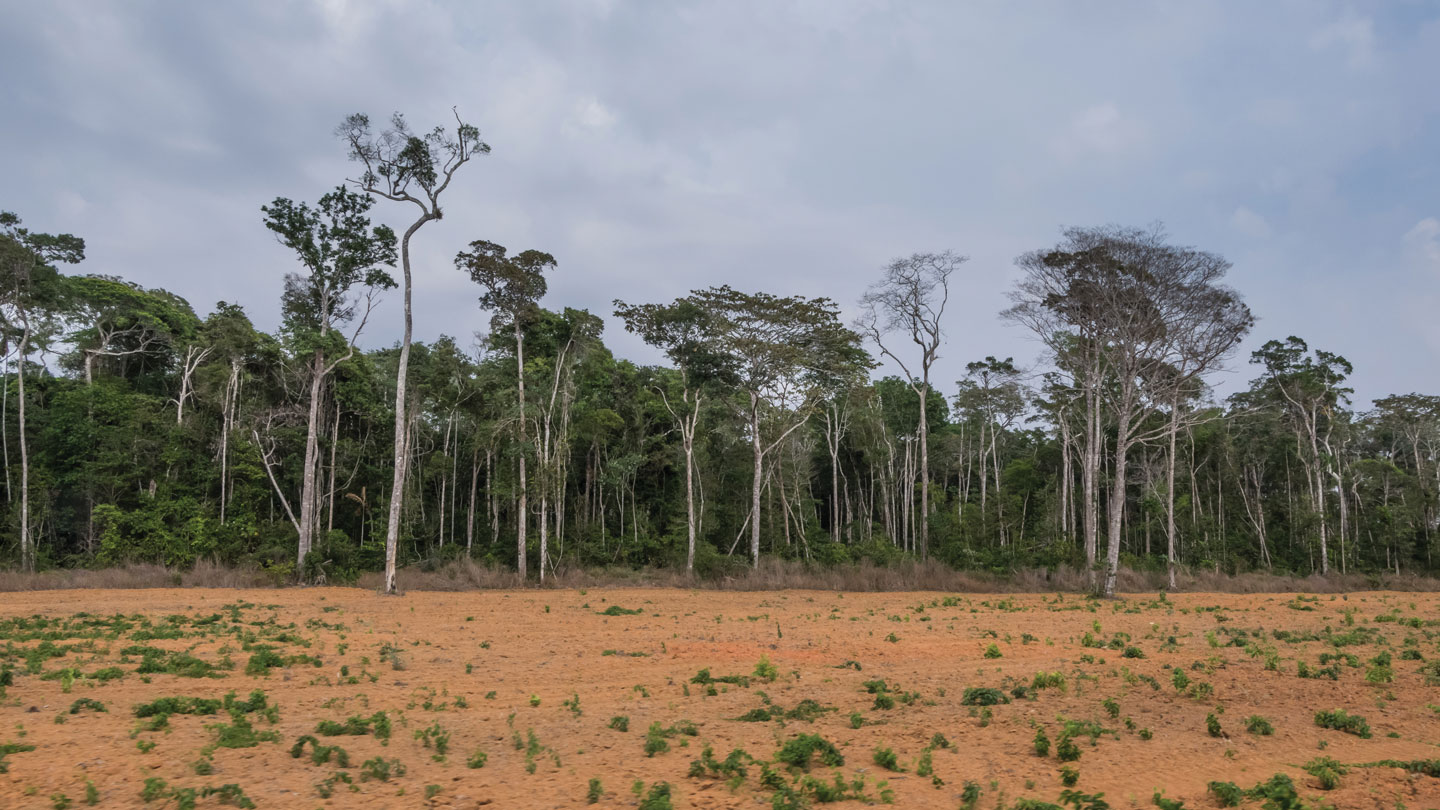The central Brazilian state of Mato Grosso is home to a vibrant ecosystem where the Amazon rainforest merges with the Cerrado, the world’s largest savanna. These two distinct environments coexist in a transitioning zone characterized by a continuum of vegetation that gradually increases in height toward the rainforest. This boundary has fluctuated over thousands of years due to natural climate variations. However, ecologist Beatriz Marimon of Mato Grosso State University points out that humans have introduced a new element into this equation: their desire to cultivate the land.
Approximately fifty years ago, a wave of people migrated to this region, clearing forests to make way for agriculture and cattle ranching. Although fifty years is a relatively short period in the lifespan of a forest as old as the dinosaurs, it has been sufficient time for humans to significantly alter the landscape. In 2007, earth system scientist Carlos Nobre and his team proposed that if deforestation surpassed 40 percent of the Amazon’s original area, the forest could transition into a savanna. Further research revealed an even more dire scenario: if only 20 to 25 percent of the Amazon was deforested and global warming reached 2.4 degrees Celsius above pre-industrial levels, the entire ecosystem could collapse and be replaced by savanna and shrubland.
Today, estimates suggest that approximately 17 percent of the Amazon has already been deforested, and much more has been damaged. This raises concerns that the Amazon may be approaching a tipping point where it can no longer withstand worsening conditions. Such a shift would threaten the forest’s renowned biodiversity and the livelihoods of millions of people. Additionally, it would release vast amounts of carbon dioxide and disrupt the global heat circulation, making it even more challenging to combat climate change.
Scientists agree that the Amazon is in grave danger. Human activities and climate change have lengthened the dry season and increased the severity of fires. These factors are placing immense stress on the forest. However, researchers now believe that the forest’s limit may not be defined by a single tipping point. Different parts of the Amazon may react differently to threats due to various complex factors, including human actions, climate change, plant adaptations, and underground water systems. Ongoing research aims to determine when and where the forest may exceed its limits and may provide valuable insights for conservation efforts.
Conservationists face urgent tasks as the timeframe for saving the Amazon remains uncertain. Matt Finer, director of the Monitoring of the Andean Amazon Project, emphasizes that humanity may be the last hope to address this critical issue. Ecologically, the Amazon is unparalleled, accounting for more than half of Earth’s remaining tropical forests. It plays a vital role in maintaining global water cycles and supports numerous plant and animal species. The forest’s vastness and its interactions with trade winds ensure the distribution of moisture throughout its expanse. However, if deforestation continues in the eastern regions, it could disrupt this delicate balance and cause moisture to escape the basin instead of nourishing the forest.
While it is uncertain if the Amazon has crossed a tipping point, researchers stress the importance of immediate action. Degradation of the forest, which includes both clear-cutting and less obvious forms of damage, such as fires and selective logging, poses significant threats. These damages can reduce transpiration and disrupt rain recycling, jeopardizing the survival of the forest. Although computer simulations cannot definitively predict the effects of degradation on a tipping point, it is logical to assume that it contributes to pushing the system towards such a critical threshold.
Therefore, urgent conservation efforts are needed to protect the Amazon and prevent its potential collapse.
Denial of responsibility! SamacharCentrl is an automatic aggregator of Global media. In each content, the hyperlink to the primary source is specified. All trademarks belong to their rightful owners, and all materials to their authors. For any complaint, please reach us at – [email protected]. We will take necessary action within 24 hours.

Shambhu Kumar is a science communicator, making complex scientific topics accessible to all. His articles explore breakthroughs in various scientific disciplines, from space exploration to cutting-edge research.


